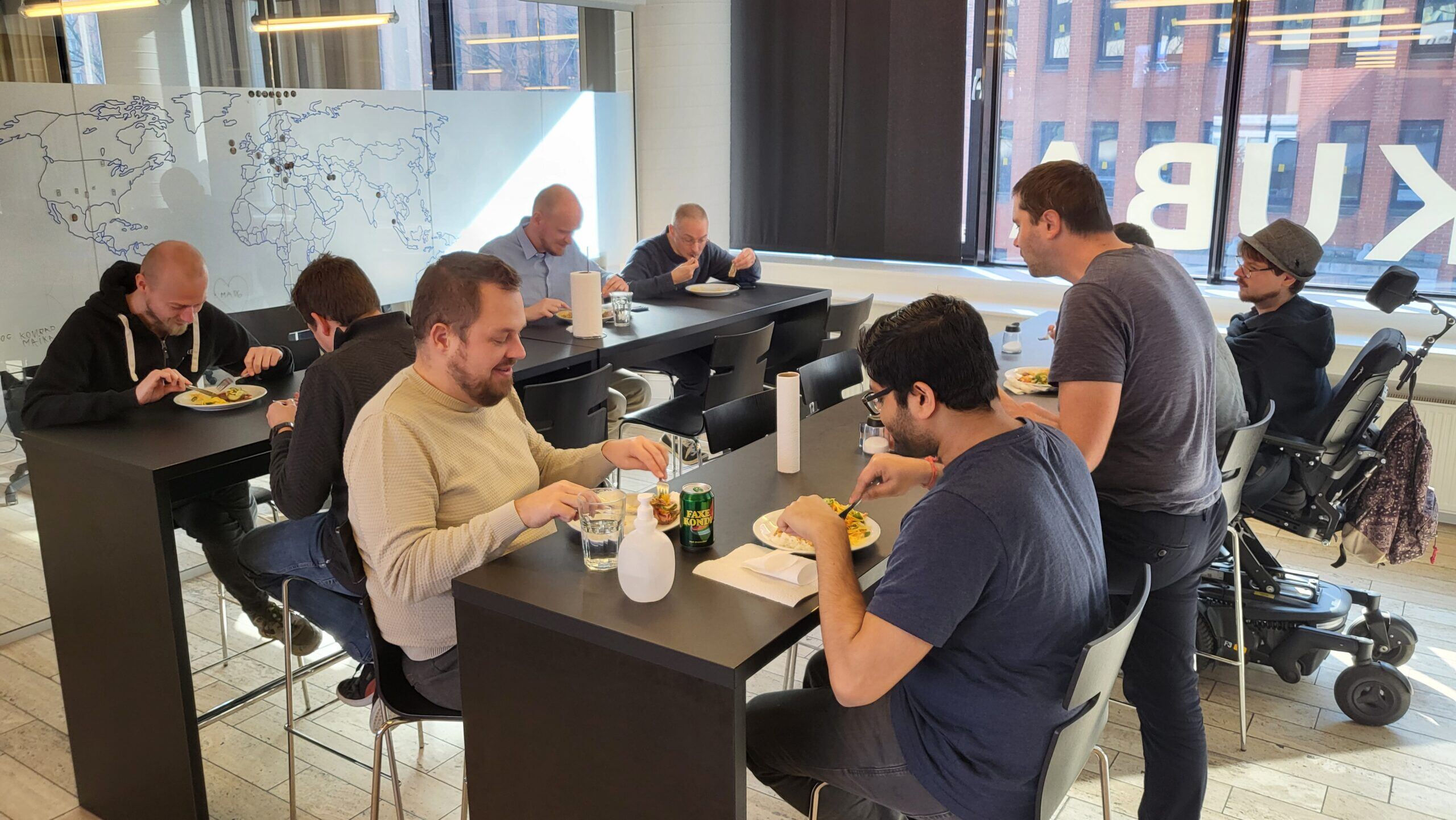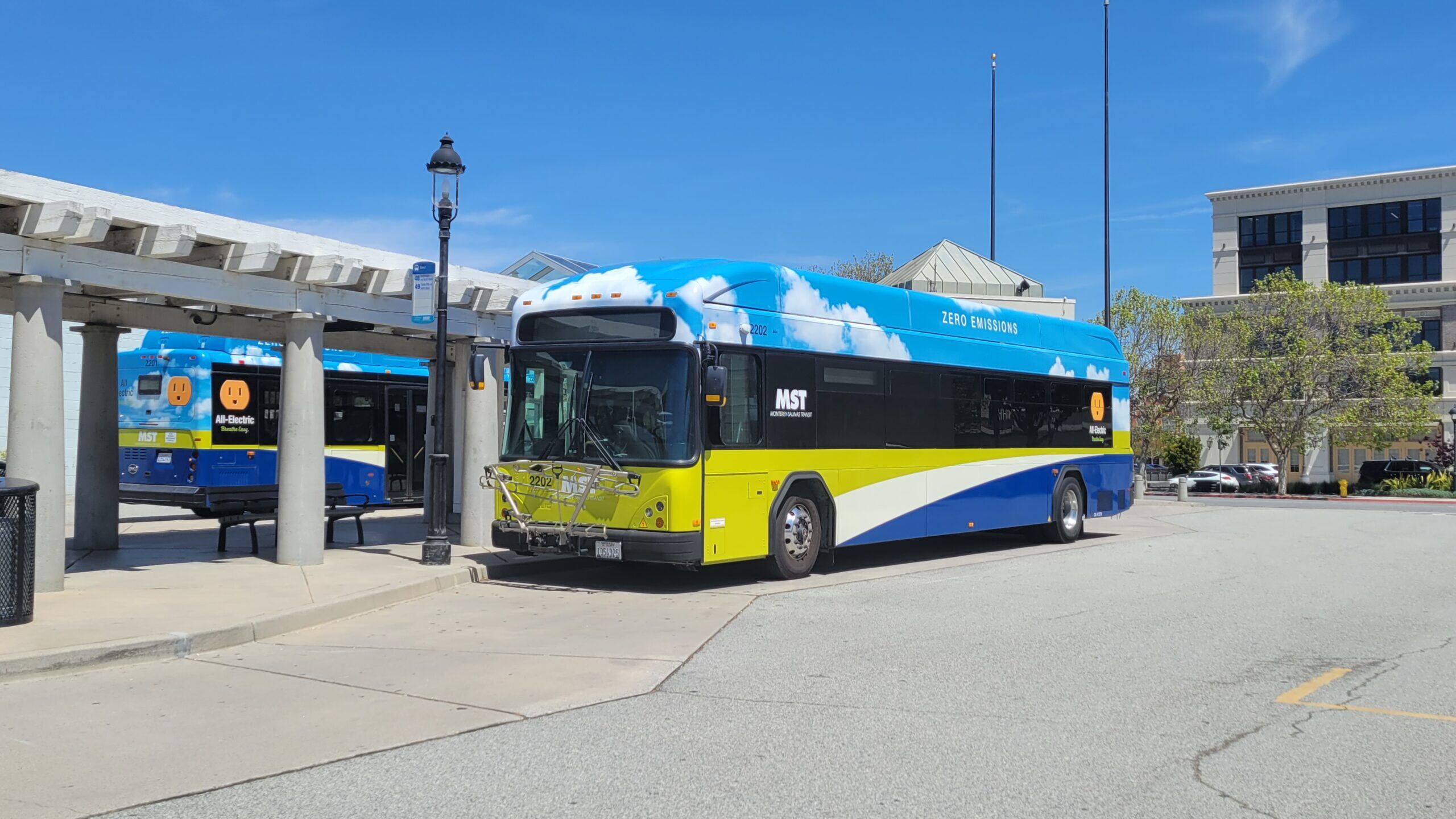Plug-and-play: how transit agencies can kick-off open payments in time for the World Cup

Sixteen 2026 FIFA World Cup host cities are racing to meet the demand for simple, seamless transit ticketing. Can open-loop fare collection give them an easy win?
Major events have always been a powerful catalyst for urban development.
The FIFA World Cup is no exception.
Host nations typically vie to stage an event that’s bigger, better, and more beautifully executed than ever before, and public transportation systems have a critical part to play.
Cities feel the pressure to accelerate public transit modernization to help fans flow to and from matches without a hitch. When networks are easy to use, those visitors can get around more easily, exploring cultural spots and shopping destinations, boosting the local economy.
And the pressure seems greater this time around.
The 2026 edition of the World Cup is underlined by a list of firsts: it’s the first time that three countries are hosting; the first time that 48 teams are competing; and the first that 104 matches will be played.
With less than a year until kick off, the 2026 FIFA World Cup host nations – Canada, the United States, and Mexico – prepare to welcome around 5.5 million visitors. Sixteen host cities are racing to meet the demand for simple, seamless transit ticketing, to help move an influx of tourists more easily.
Open-loop fare collection, often called tap-to-ride, is a top choice for removing the barriers to riding transit (but not the only one, see the callout below for alternatives). It lets tourists and locals pay for rides with the tap of a bank card or mobile wallet at the fare gate, or an on-board validator, with no need to buy a special transit card or understand local fare products.
This is an experience that’s recognized by transit users worldwide.
Which host cities are rolling out tap-to-ride solutions?
Improving mobility for large-scale events is about more than accommodating fans going to and from the stadium. Alongside spectators, media, volunteers, and service workers will depend on public transit to play their part in staging and broadcasting the event.
Several World Cup host cities are already piloting or deploying contactless EMV (cEMV) open payment systems to make these journeys as fast and frictionless as possible. New York and Dallas are at various stages of expanding their solutions, while other host cities including Los Angeles are racing to implement.
Why are cities making the move to cEMV?
City transit leaders are clear about their motivations:
Simplicity for visitors: With millions of international and domestic visitors expected, cities want to eliminate barriers to using transit. No more language confusion at ticket machines or fumbling for cash.
Operational efficiency: Open payments reduce the need for ticket vending machines and cash handling, streamlining operations.
Future-proofing: Modernizing fare collection now with a cEMV solution sets the stage for their future mobility innovations – like account-based ticketing (ABT), mobile ticketing and Mobility-as-a-Service (MaaS).
Why everyone loves tap-to-ride
“I hate the convenience and ease of tap-to-ride” said no-one ever!
For transit agencies looking to give riders the best public transit experience, not offering this payment method is an own goal. For most riders, particularly visitors to an unfamiliar city, the open payment experience on public transit is a game-changer:
No app, no registration: Just tap your card or phone on a fare validator and go.
Familiarity: Tourists use the same payment methods they use at home and abroad.
Speed: Boarding is faster, reducing the frustration of queues and congestion.
Transparency: Riders can see charges on bank statements, or using a rider portal
Value: If the tap-to-ride system offers fare capping, the best fare is guaranteed.
Better fare collection isn’t a one hit wonder
While big events can be a springboard for modernization, transit agencies have both short- and long-term motivations for improving their fare collection systems.
Many transit agency leaders in the United States see the 2026 FIFA World Cup as a once-in-a-generation opportunity to show the world how easy it can be to get around their cities. They want fans to remember the games and their adventures in the city, not the lines at the ticket machine or the anxiety they felt not understanding how to get around.
In addition, every transit agency holds its mission close to its heart. For Miami-Dade Transit, one of the World Cup hosts, its clear focus is to “help all our residents and businesses to prosper and thrive”. Similarly, Dallas Area Rapid Transit is motivated to create "best-in-class mobility experiences that help people and communities connect and flourish".
While World Cup fans may be the immediate beneficiaries of modernizing fare collection with open payments, the effects will be far-reaching and transformative for those who depend on public transportation in these cities every day.
Is it too late for cities to kick-off with open payments?
Absolutely not! While some cities are ahead of the game, it’s not too late for others to kick-off with tap-to-ride and get a system up and running in time for the 2026 FIFA World Cup. Thanks to modular, “plug-and-play” solutions, agencies can deploy cEMV quickly, sometimes in a matter of months, without ripping out their existing fare systems.
How can cities roll out open-loop payments fast?
Modular procurement: The Cal-ITP model
The California Integrated Travel Project (Cal-ITP) enables transit agencies of any size, anywhere in the U.S., to procure modular solutions from pre-approved providers like Kuba and Littlepay. Tried and tested in Monterey, Sacramento and other U.S. cities, this approach slashes the time it usually takes to buy and deploy open payment systems and gives transit agencies the ability to use proven, standardized technology.
cEMV overlay solutions
Cities like Washington, DC (WMATA) have adopted cEMV overlay solutions, allowing open payments to run alongside legacy fare systems. Open loop payment service provider Littlepay delivered this project smoothly, enabling a rapid rollout in just five months.
This speedy solution can become a foundation for account-based ticketing and Mobility-as-a-Service. Littlepay is pre-integrated with Kuba’s mobility platform, so transit agencies can use cEMV as a stepping stone to realise bigger fare collection ambitions, giving riders simple “tap or app” ways to plan trips and use any mobility service.
Laying the foundation for future innovation
The beauty of modular, open systems like Kuba’s mobility platform is their flexibility. By adopting cEMV now, agencies pave the way for future upgrades, to support multimodal trip planning and payment integration of public transit, microtransit and paratransit services.
The takeaway: start fast, scale-up
With the 2026 World Cup on the horizon, transit agencies in Canada, the United States, and Mexico have a golden opportunity to modernize fare collection and delight millions of visitors. By choosing modular, open-loop solutions, cities can launch tap-to-ride in record time and set themselves up for a future of seamless, connected mobility.
|
Fast-track to a mobile app for World Cup cities in just one month! |
|
As an alternative, or supplement, to open-loop payments in World Cup host cities, rider experience can be enhanced through a mobile app. Enabling journey planning, trip booking and payments for all mobility services through a single sign-on application can be a huge boost for rider confidence! However, tourists don’t want to download a new app for each new city they visit. Having a unified solution is essential. Many World Cup supporters will visit multiple cities during their journey: for fans, making the trek to all of their team’s group matches is a significant part of their fandom. If they could use the same mobile app everywhere they go to 'plan, pay and go'on multimodal journeys – the experience could be so easy! Kuba’s GoPass app can create that simple experience. Already deployed in multiple cities throughout Texas and beyond, it can be purchased directly from Dallas Area Rapid Transit (DART) using a simple inter-local agreement. Transit agencies enjoy an attentive onboarding from DART. The best thing? This sophisticated out-of-the-box technology can be rolled out in just one month. |
Get on board now, and create a World Cup legacy for your riders.
Ask our team about our express routes to modernizing fare collection.




